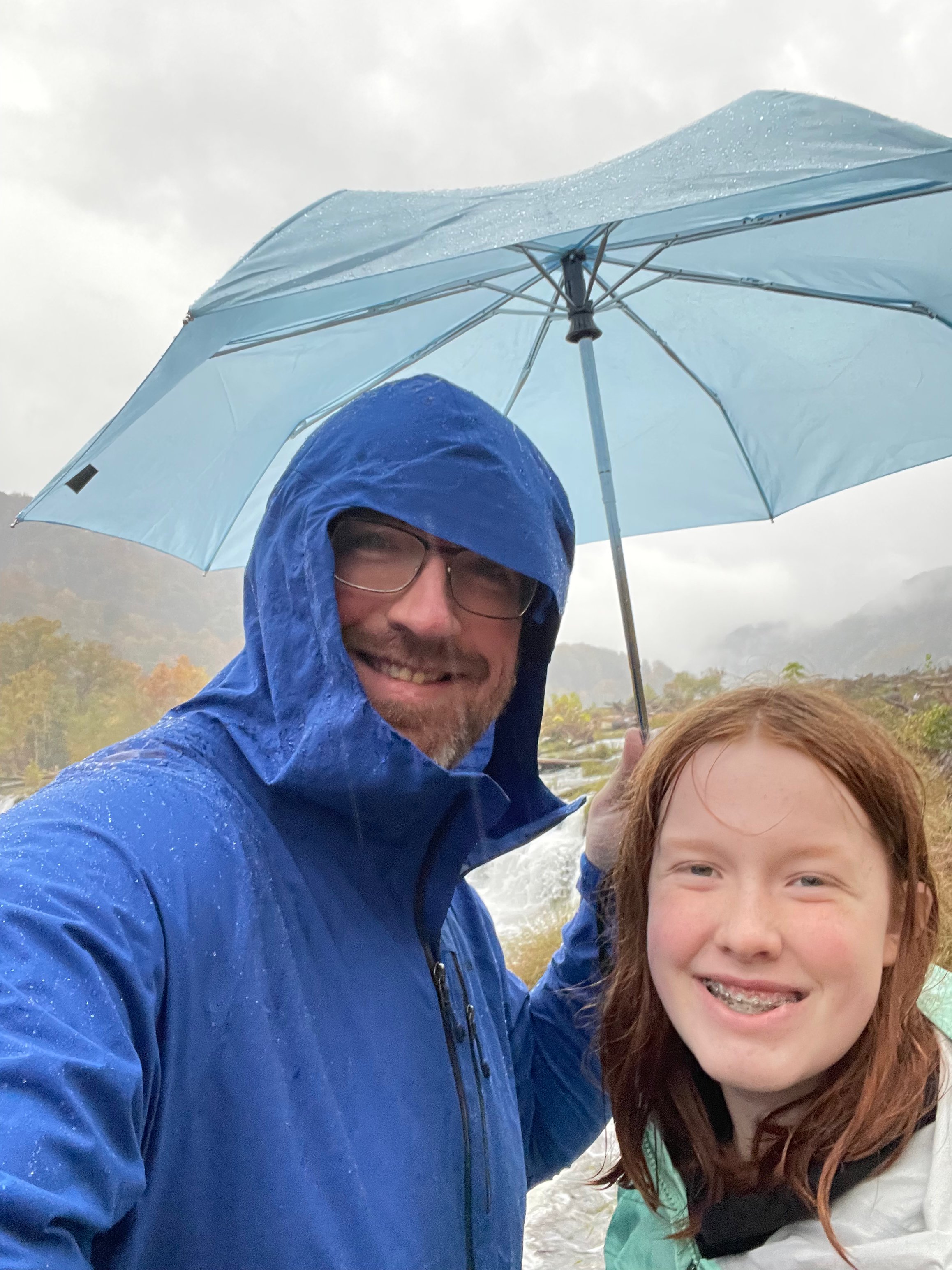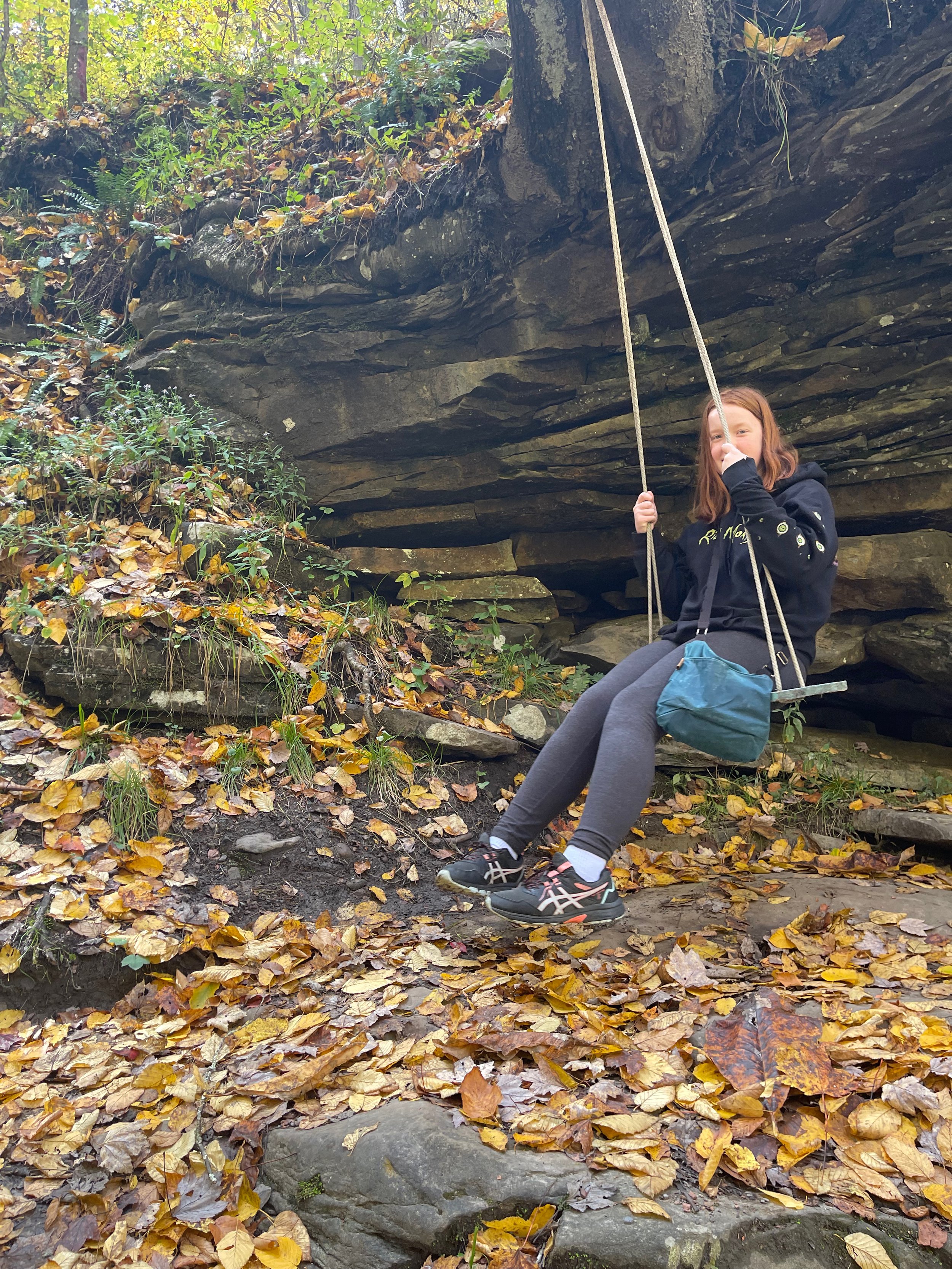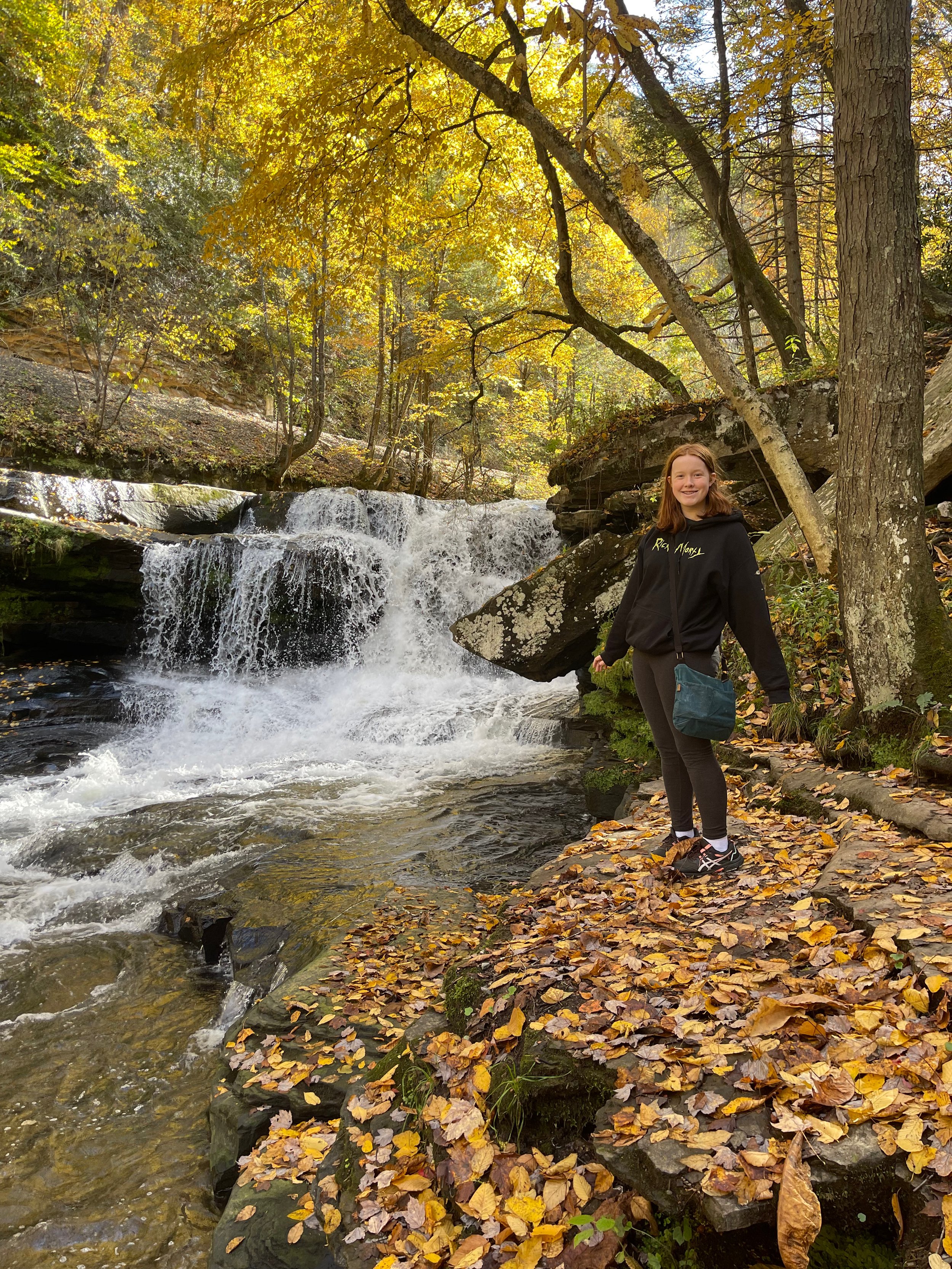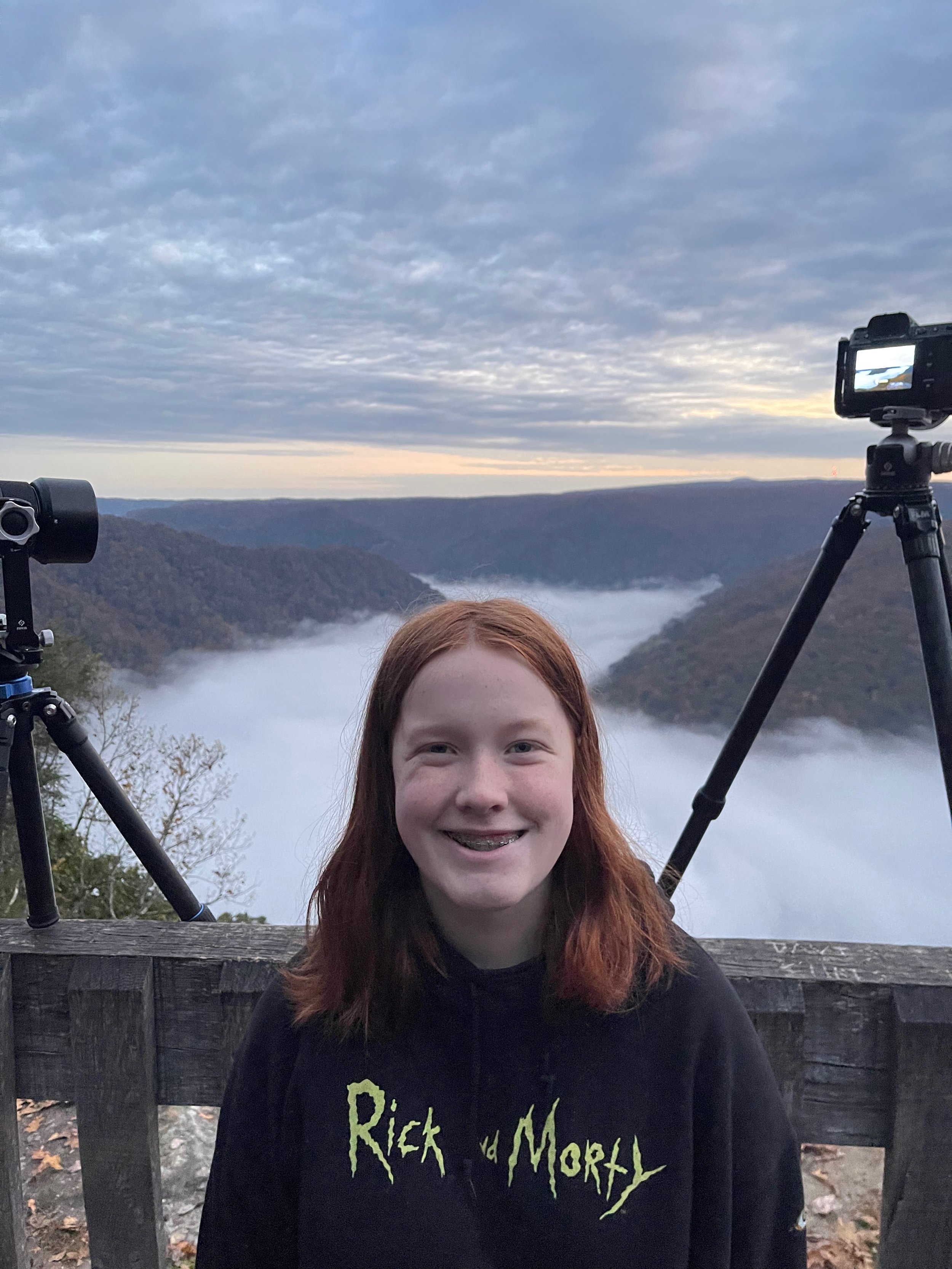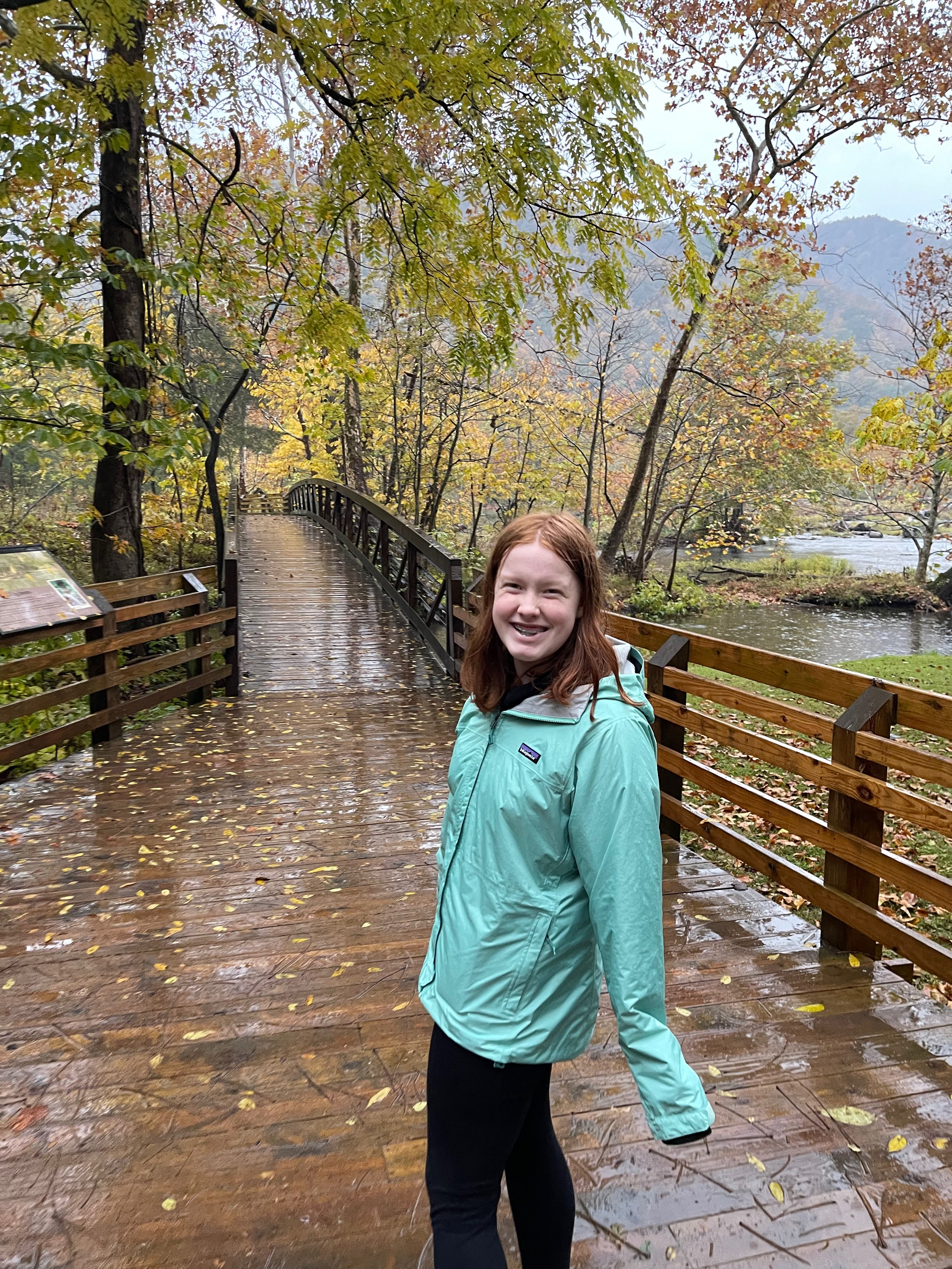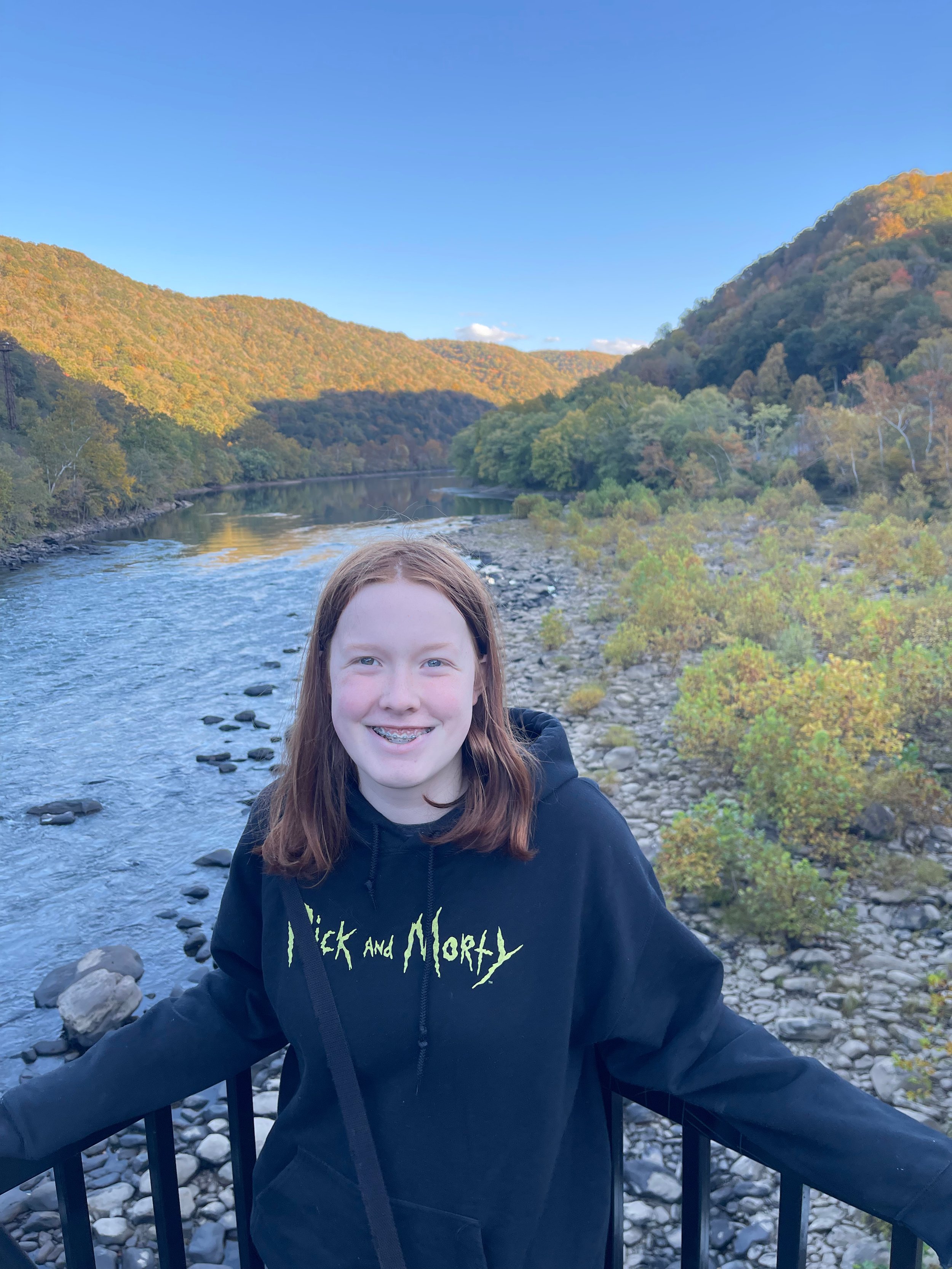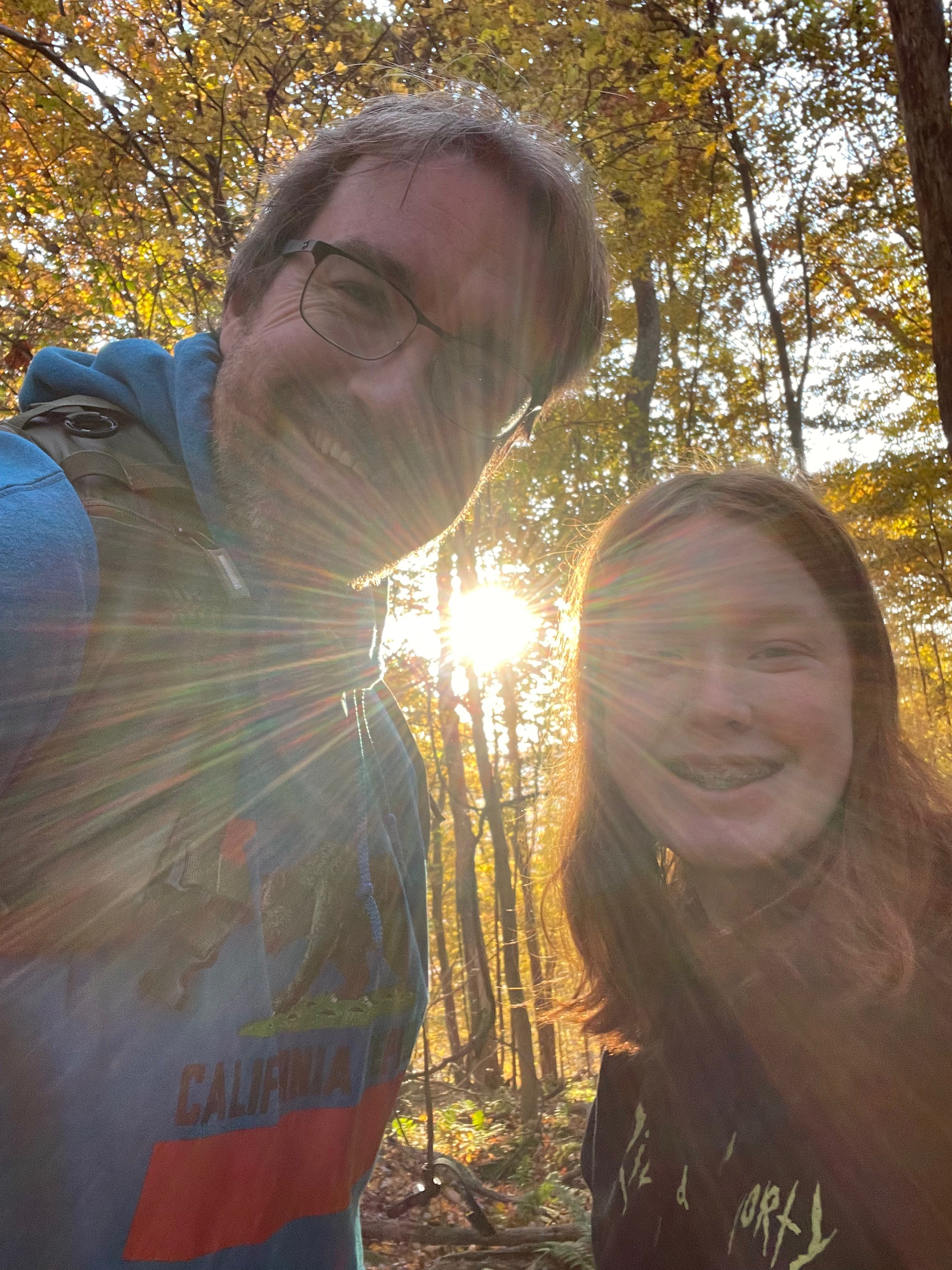New River George
In the fall of 2022 Cami and I headed out once again in search of fall colors and to check another park off the list. This time we headed south to New River Gorge National Park and Preserve. This National Park in West Virginia happens to be the newest National Park in the NPS system. Leaving for the trip I did not have very high expectations. East coast parks, particularly younger ones can be a disappointment when compared to the sprawling grandeur you can find out west. However, I was pleasantly surprised by this stunning and unique East Coast park.
The park sits between Fayette and Summers counties in West Virginia. Covering an amazing 72,808 acres of pristine wilderness deep in the Appalachian Mountains. First established in 1978 as a National River by Jimmy Carter as he put it "for the purpose of conserving and interpreting outstanding natural, scenic, and historic values and objects in and around the New River Gorge and preserving as a free-flowing stream an important segment of the New River in West Virginia for the benefit and enjoyment of present and future generations." New River was re-designated in 2020 as a National Park by President Trump.
The New River has been a creative force to mold and shape the landscape of the Appalachian Plateau. The area is a globally significant forest containing diverse flora; it provides essential habitat for endangered mammals, rare birds, and amphibians. The park contains habitats of continuous forest, cliff and rimrock, forest seeps and wetlands, mature bottomland forests, abandoned mine entrances.
Humans have played a significant role in the New River areas in the 18th and 19th centuries. Evidence of their place in the land can be found throughout the park. The National Park services work hard to protect and even restore some of the abandoned places throughout the park while others are left to ruin. Throughout the park you can find evidence of the coal mines that once dominated the area including remains of historic coal mining structures and coke ovens. At one point there were over 50 company towns in the New River area.
The railroad played a major part in New Rivers past and is still used as a major line today for the transportation of coal. There is no better example of this than the very well-preserved town of Thurmond. While inside the park the town is almost entirely owned by the National Park service. Except for the few residents who remain, and the rail lines still used by CSX today.
The park does not have many roads that run through the interior of the park. You can drive around all four sides of the park and a few roads either let you cross from east to west or drive in to some degree and get to a trailhead. Since you have roads that circle the park you have a few choices of towns to stay in as well as several campgrounds both inside and outside of the park.
We chose to stay in Beckley, a larger town with plenty of shopping and food choices. It was central enough for us, though some of our destinations proved to be a 1-to-2-hour drive. However, with a park this spread out and no central lodging that's going to be true for almost anywhere.
Many people choose to stay in Fayetteville as its next to the park headquarters and the main attraction of the park itself. The New River Gorge Bridge completed in 1977 is one of the main attractions of the park. The bridge saves travelers over 40 minutes of driving time and spans one of America's oldest rivers. The bridge is the longest steel span in the western hemisphere and the third highest in the United States. It is one of the most photographed structures in West Virginia and is truly a work of art.
Since 1980 the first Saturday in October has been known as “Bridge Day”. Hosted by the Fayette County Chamber of Commerce the park shuts down the bridge to motor traffic and allows pedestrians to walk the bridge and enjoy a wide variety of activities. During Bridge Day visitors can enjoy great views, food, crafts, vendors, music and for a few Base jumping and rappelling from the bridge. Thousands of people from across the country come for this special day. This is also the only (as far as I know) National Park that allows some of the activities.
We had around five days in the park and were lucky enough to be there just as the peak of foliage was starting. We explored most areas of the park; however we spent a very small amount of time around the bridge. That seems to be the most well attended attraction and we found a lot of beauty, and fewer people, in the rest of the park.
We went twice to the town of Thurmond and got to explore almost all of it. It’s a wonderful place to walk through and spend time in. It’s amazing that there are even a few people left calling it home and living on the side of the mountain. You even get to drive over an old (but still active) rail bridge to get into the town. Sadly, we did run out of time and did not get to explore the Red Ash Coke Ovens, likely the most popular other ruin attraction in the park.
Some of my best memories and photos were taken along the way to Thurmond. The Dunloup Creek and Dunloup Creek Falls can be found along the road to Thurmond. They are well worth a stop and time to explore. Down in that valley was the peak of fall color and it was about as picturesque as the mountain forest can be.
We spent two sunrises at the Grand View Overlook. This is the highest elevation in the park, you can walk out to the very edge at 1,400 and look down at a bend in the New River below. It’s the best overlook in the entire park (except if you're interested in the bridge). On the second morning there was a perfect cloud inversion and maybe the best sunrise of our entire trip. There are train tracks that run parallel to the river and the train lights would light up the clouds below us. After sunrise we explored some of the other trails that lead deep into the forest.
We took the long and very scenic drive twice to Sand Stone falls. The drive there takes you to the park's only scenic riverside drive. You’ll pass a number of overlooks, historic sites, natural areas, trails and river access points. You will pass through the lovely and historic town of Hinton. Once a booming rail center the town has a large historic district, railroad museum, shops and restaurants.
Sand Stone Falls is the largest waterfall in the New River. Here the river spans 1,500 feet wide and is divided by a series of island sand river drops offs 10 to 25 feet. There are a number of trails and ways to explore the area. The first sunset here was a clear day with only a few clouds but still stunning. The second sunset we spent here in the driving, pouring rain. I created one of my best images that afternoon. It goes to show that sometimes the worst conditions can yield the best results.
The other long drive we made was not to a destination inside the park but rather to a local state park. Babcock State Park with its 4,127 stunning acres is worth a stop to anyone in the area. The main attraction here is the Glade Creek Grist Mill. We first checked out the visitors center then made our way down to the river. Again, in the pouring rain to photograph the mill from the middle of the river. After we were thoroughly drenched, and I had a photo we made our way to check out the mill itself. The grist mill is still fully functioning and if your there on a lucky day may even be running.
Overall, it was a great visit and the right time of year to the new member in our National Park family. Maybe most surprising of all is that I’m looking forward to finding a time to return to the area.



